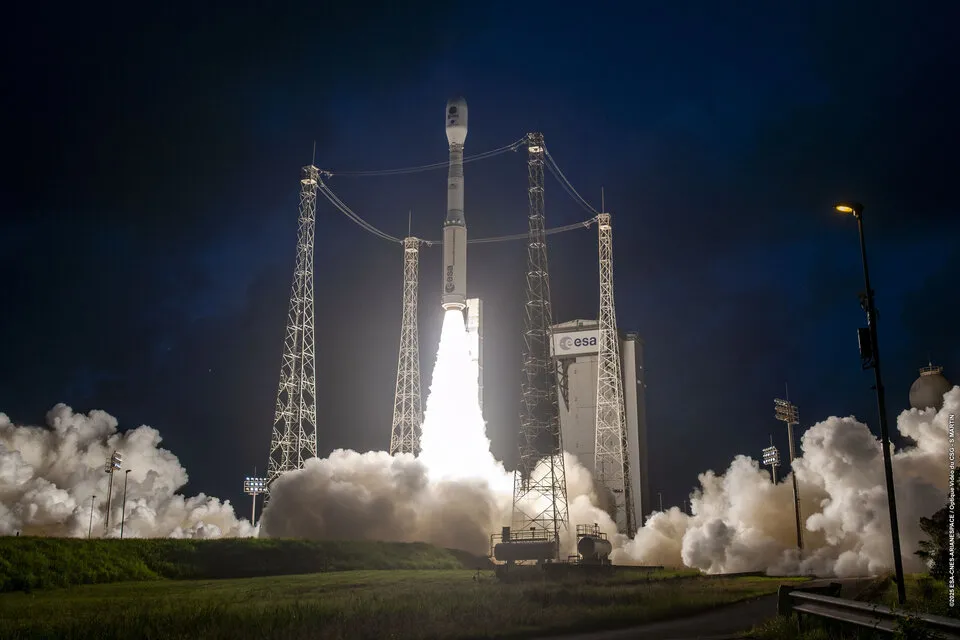
Biomass Satellite: ESA’s Forest-Mapping Mission Revolutionizes Climate Change Understanding
The European Space Agency (ESA) has launched the Biomass satellite, a groundbreaking mission poised to revolutionize our understanding of how forests impact the climate. This ambitious project employs innovative technology to measure forest biomass with unprecedented accuracy, providing critical data for climate modeling, forest management, and international climate agreements.
Launched on April 29th, the Biomass satellite utilizes a unique P-band radar, a portion of the radio spectrum usually restricted for satellites. This allows it to penetrate through dense forest canopies and accurately measure the carbon stored within trees' trunks and branches. This measurement is key because, before Biomass, scientists had no direct way to measure how much carbon forests absorb.

However, the use of P-band comes with a limitation. To avoid interference with reconnaissance satellites, Biomass' radar must be turned off when flying over North America and Europe. While a setback, this does not diminish the satellite's primary mission: to study the world's under-surveyed, carbon-rich forests, notably the Amazon rainforest.
The ESA has also released two decades of satellite, spanning from 2007 to 2022, revealing how forests shape our climate. This extensive record offers global information on “above ground biomass,” encompassing carbon-rich elements like trunks and stems. By measuring forest biomass, scientists gain vital insights into carbon storage and how it has changed over time. This data is available online for free.
"The new dataset provides a much more accurate representation of global forest biomass, particularly in regions where earlier versions underestimated high-density forests," says Richard Lucas of Aberystwyth University in Wales.
Adding to the excitement, ESA recently accomplished the critical Launch and Early Orbit Phase (LEOP) for Biomass after an intensive nine-day operation at the European Space Operations Centre (ESOC). This involved a series of meticulous steps, including stabilizing the spacecraft, verifying subsystems, and, most notably, deploying the satellite's massive 12-meter-diameter antenna.

Deploying the antenna was risky due to space debris; the satellite had to perform four to five avoidance maneuvers per year.
The impact of Biomass extends beyond scientific research. The data collected will be crucial for policymakers in making informed decisions about climate action, including monitoring deforestation trends and implementing effective conservation strategies.
As Michael Fehringer, the Biomass project manager, stated, "This new mission will advance our ability to quantify forest carbon stocks and fluxes, which is key to understanding and assessing the impacts of climate change."
With Biomass now in orbit and gathering data, coupled with the already existing two decades satellite data, the world is poised to gain a deeper understanding of the vital role forests play in regulating our climate. This knowledge is essential for developing effective strategies to combat climate change and ensure a sustainable future. What actions do you think governments and organizations should take based on the data that Biomass will provide? Share your thoughts in the comments below.